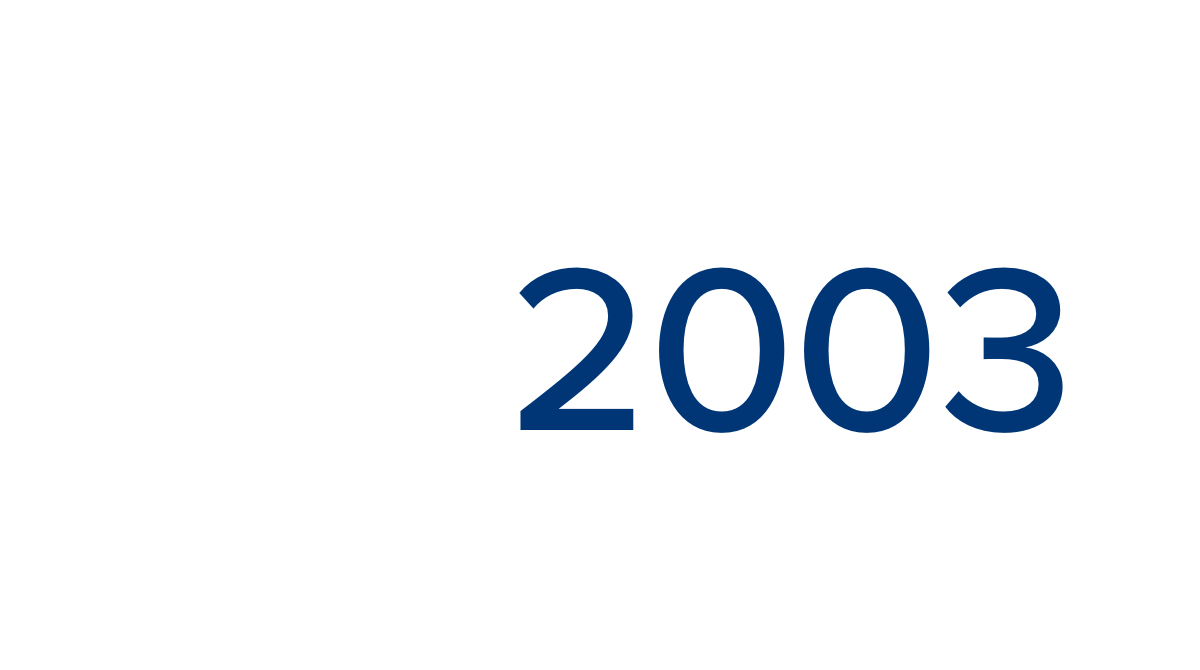GFI 263 Resource Center
Welcome to the OTC to Rx (GFI #263) resource center
Animal Health International is committed to connecting you with the resources you need to stay informed. Here you will find pertinent information for businesses that will be affected by this change. We aim to help the transition of antimicrobial drugs from over the counter (OTC) to prescription (Rx).

Let’s talk about your needs
Frequently asked questions
What does this mean?
By June 11, 2023, the FDA expects all affected antibiotics currently being sold through the OTC channel to display the following statement on the label: “Caution: Federal law restricts this drug to use by or on the order of a licensed veterinarian.” Once the label claim has adjusted, an antibiotic will only be sold or dispensed through a licensed veterinarian or dispensed pursuant to a valid order from a veterinarian.
I use some of these antibiotics, but not for cattle or pigs. Will I still need a prescription?
Yes – a prescription is required, regardless of species.
How can I guarantee that I still have access to these antibiotics?
You will need to work with a veterinarian, who will issue a prescription after a veterinarian-client-patient-relationship (VCPR) is established. Contact your local veterinarian to learn more about the requirements of a VCPR.
What will happen with OTC stock that transitioned to Rx – what do we do with the product?
The FDA Center for Veterinary Medicine (CVM) has stated they “do not intend to recall OTC-labeled product that entered distribution channels before June 11, 2023. CVM acknowledges that products may have multiple labels in circulation for a period of time until the old OTC-labeled product depletes. To that extent, CVM expects that the products will be used according to the label’s marketing status:
By June 11, 2023, the FDA expects all affected antibiotics currently being sold through the OTC channel to display the following statement on the label: “Caution: Federal law restricts this drug to use by or on the order of a licensed veterinarian.” Once the label claim has adjusted, an antibiotic will only be sold or dispensed through a licensed veterinarian or dispensed pursuant to a valid order from a veterinarian.
I use some of these antibiotics, but not for cattle or pigs. Will I still need a prescription?
Yes – a prescription is required, regardless of species.
How can I guarantee that I still have access to these antibiotics?
You will need to work with a veterinarian, who will issue a prescription after a veterinarian-client-patient-relationship (VCPR) is established. Contact your local veterinarian to learn more about the requirements of a VCPR.
What will happen with OTC stock that transitioned to Rx – what do we do with the product?
The FDA Center for Veterinary Medicine (CVM) has stated they “do not intend to recall OTC-labeled product that entered distribution channels before June 11, 2023. CVM acknowledges that products may have multiple labels in circulation for a period of time until the old OTC-labeled product depletes. To that extent, CVM expects that the products will be used according to the label’s marketing status:
- CVM will not object if OTC-labeled products that entered distribution channels before June 11, 2023, continue to be sold and used as OTC until such products have depleted. Timelines for depletion may vary but should be consistent with normal sales volume and expiration dates for a given product.
- New Rx-labeled product should be used only by or on the order of a licensed veterinarian.”
Resources from our manufacturer partners
Zoetis OTC to Rx FAQ page
View key factsZoetis OTC to Rx Review
Watch the zoom recordingRalco GFI 263 page
View this resourceShortened timeline of FDA action on antimicrobial resistance
2003
FDA issued Guidance for Industry (GFI) #152 – “Evaluating the Safety of Antimicrobial New Animal Drugs with Regard to Their Microbiological Effects on Bacteria of Human Health Concern”
2012
FDA finalized Guidance for Industry (GFI) #209 – “The Judicious Use of Medically Important Antimicrobial Drugs in Food-Producing Animals”
2013
FDA finalized Guidance for Industry (GFI) #213 – “New Animal Drugs and New Animal Drug Combination Products Administered in or on Medicated Feed or Drinking Water of Food-Producing Animals: Recommendations for Drug Sponsors for Voluntarily Aligning Product Use Conditions with GFI #209,” which is also associated with Veterinary Feed Directive (VFD)
2018
“FDA unveiled a 5-year action plan for supporting antimicrobial stewardship in veterinary settings. This plan builds upon the important steps the Center for Veterinary Medicine (CVM) has already taken to support the judicious use of antimicrobials in animals, and is driven by the concept that medically important antimicrobial drugs should only be used in animals when necessary for the treatment, control, or prevention of specific diseases. One action item included in this plan is to ensure that any medically important antimicrobial new animal drugs that continue to remain available as OTC products are brought under the oversight of licensed veterinarians. The purpose of this guidance is to provide sponsors with specific recommendations on how to facilitate voluntary changes to the approved conditions of use of these drugs to prescription marketing status. The voluntary process outlined in this guidance will help to ensure all new animal drugs containing antimicrobials of human importance are administered only under veterinary oversight and only for therapeutic uses.”
List of approved new animal drug applications:
- Oxytetracycline
- Sulfisoxazole
- Oxytetracycline, Polymyxin B
- Sulfamethazine
- Sulfabromomethazine
- Erythromycin
- Tylosin
- Sulfadimethoxine
- Sulfomyxin
- Sulfachlorpyridazine
- Spectinomycin
- Lincomycin
- Chlortetracycline
- Penicillin G Procaine, Novobiocin
- Dihydrostreptomycin, Penicillin G Procaine
- Tetracycline
- Penicillin G Procaine
- Dihydrostreptomycin
- Penicillin G Benzathine, Penicillin G Procaine
- Gentamicin
- Cephapirin
- Cephapirin Benzathine






